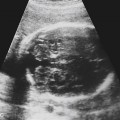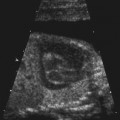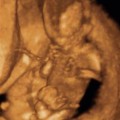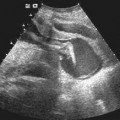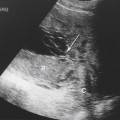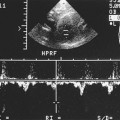CASE 66
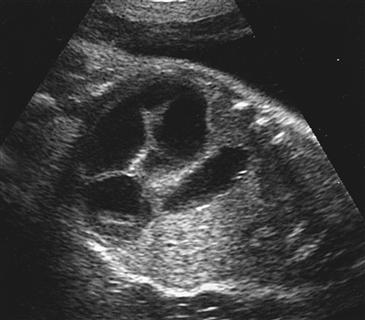
History: A patient undergoes ultrasound in the mid second trimester of pregnancy, and an image of the fetal abdomen is obtained.
1. What should be included in the differential diagnosis? (Choose all that apply.)
D. Bilateral hydronephrosis and hydroureter
2. Which of the following statements concerning small bowel obstruction is false?
A. Volvulus can be an etiology of small bowel obstruction.
B. Polyhydramnios is usually associated with small bowel atresia during the third trimester.
C. Polyhydramnios is more likely to occur with distal small bowel obstruction.
D. In utero small bowel obstruction is most commonly due to small bowel atresia.
3. Which of the following statements concerning small bowel obstruction is not true?
A. Jejunal obstruction and ileal obstruction occur with approximately the same incidence.
B. Extraintestinal anomalies are common with small bowel atresia.
C. Bowel abnormalities associated with small bowel atresia include malrotation of the small bowel.
D. Gastroschisis is associated with small bowel atresia.
4. Which of the following statements concerning the prognosis and management of small bowel obstruction is false?
Stay updated, free articles. Join our Telegram channel

Full access? Get Clinical Tree


